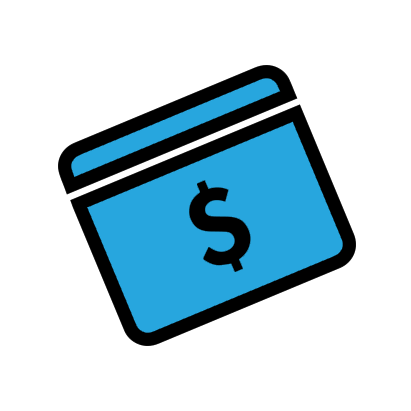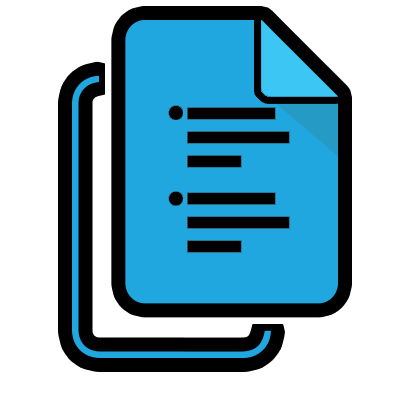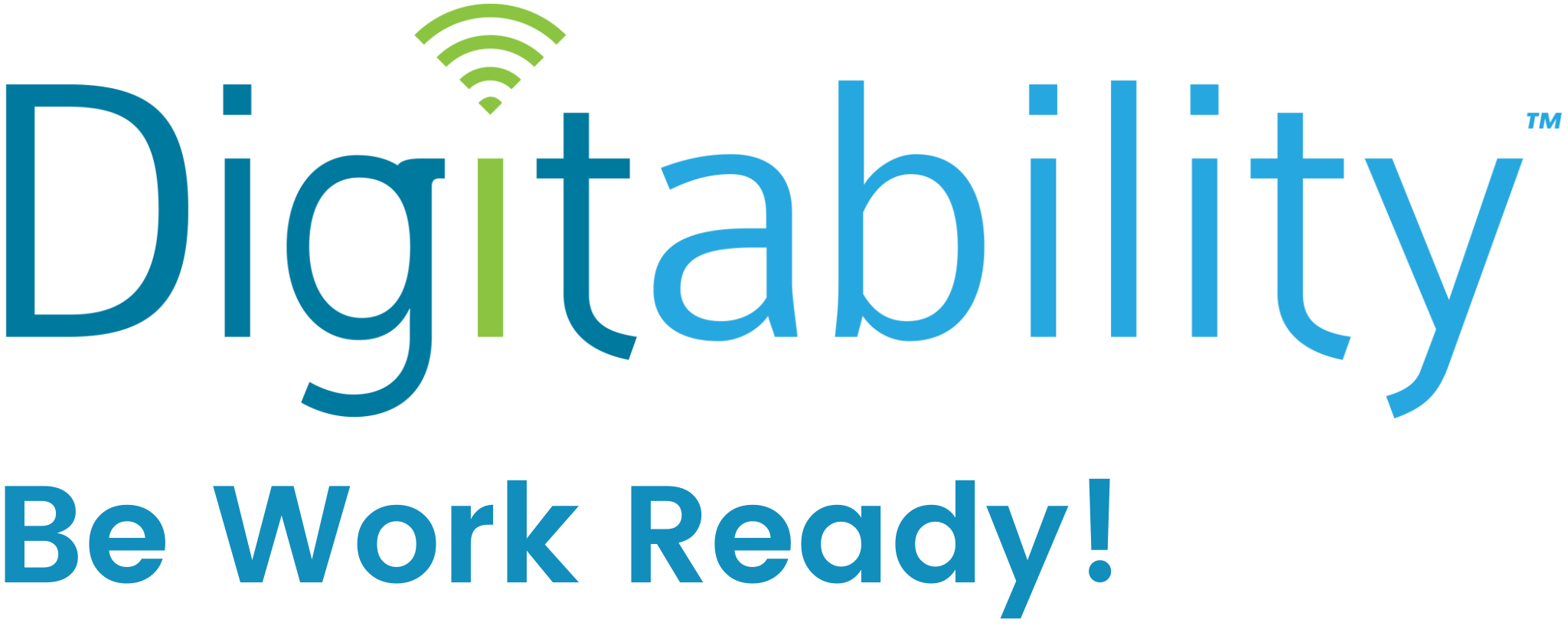What Does it Look Like to Start Digitability in the Virtual School Year?
What Does it Look Like to Start Digitability in the Virtual School Year?

Starting Digitability in the Virtual School Year
Due to COVID, more schools across the country are bringing Digitability to their 18-21 Transition Programs as well as High School Life Skills and Autism Classrooms.
While each teacher will have a wide-range of cognitive, behavioral and communication needs, (Specific Learning Disability, Autism, Speech and Language Impairments, Emotional needs, etc.), Digitability provides both online and in-classroom resources to meet students at their current levels. Program materials are designed to scaffold content and build capacity incrementally.
First Day in the Classroom
Each of the classrooms that participate in Digitability have a wide range of student needs (Specific Learning Disability, Autism, Speech and Language Impairments, Emotional needs, etc.). Digitability addresses each of the learning and behavioral needs in special education classrooms and uses resources that ensure that EVERY student can participate.
Level 1 of the Digitability uses technology as a hook, knowing that students love being online, especially exploring their favorite topics on YouTube (by the way, sign up for our newsletter to learn more about our new YouTube Marketing Work Simulation!).
While students across the country are very eager to learn about technology, Digitability recognized the need to make these skills applicable to students’ daily experiences. This is especially important now that students are expected to access their education online.
Social and Communication Skill Development
Once engaged in these topics linked to their preferred activities, students are prompted to use the language of technology in the classroom, developing expressive and receptive language as well as social skills.
“Digitability has assisted one of my students by encouraging him to share more with complete sentences. The student would only talk in one word answers before. We have tried numerous strategies to get him to elaborate. It seems that Digitability somehow made it click for him and he is able to speak more clearly.”
- Cassandra Barcelo, Vocational Teacher (18-21 Transition Program)
The evidence-based practices used in Digitability, provide effective strategies for students who have a variety of communication needs, and levels of expressive and receptive language. For example, Digitability offers image exchange cards to represent concepts visually or adapt the level of questioning to a yes or no answer throughout the warm-ups, guided watching, and informal assessment activities.
Workplace Behavior, Self-Regulation & Self-Advocacy
One of the most important components to the Digitability program is identifying and practicing workplace behavior through in-classroom and now online simulations. Digitability’s Classroom Social Economy is a token economy behavior system that uses boundaries and reinforcers to prepare students for the real world. Using the Classroom Social Economy, students earn dollars when they exhibit behaviors that promote success in the workplace.
For example, students earn participation dollars for raising their hands and participating during the lesson or giving feedback to their peers. The Classroom Social Economy teaches students proper workplace communication and socialization, as well as financial literacy (using money language, counting money, paying bills, making purchasing, managing a budget).
Students are eager to receive money for participating. Teachers often describe the increase in student motivation, attendance to tasks, and sense of empowerment that they observe while using Digitability's Classroom Social Economy.
“Using Digitability’s Social Economy has helped my students work on their self-regulation skills and has increased their ability to attend to tasks. Also, they have become more verbal, eager to participate to earn their virtual Digitability Dollars.”
- Courtney Johnston, Like Skills Classroom Teacher
The biggest win for teachers is that EVERY student is able to be engaged and participate with reduced assistance. Digitability's Classroom Social Economy has several levels that students work through including Level 2, where students learn about workplace boundaries and how to self-regulate behaviors that can be problematic in the workplace.
Supporting Teachers with 1:1 Coaching
Digitability understands that special education classrooms are each very unique and that teachers work hard to manage all of their competing priorities.
That’s why Digitability provides a plug and play model for virtual instruction with minimal training for teachers.
“Using Digitability has been awesome in my classroom. My students and l love how easy it is to navigate.”
- Adrienne Brown, Vocational Teacher (18-21 Transition Program)
Year Long Teacher Support, Training & Coaching
Digitability works individually with every teacher to ensure their comfort and success with the program. We help teachers streamline their existing responsibilities so they don’t feel like they have one more thing on their plate.
Digitability understands the day-to-day demands of teachers. Digitability’s Professional Development Reward System incentivizes teachers as they achieve mastery of new evidence-based practices for increasing transition outcomes for students.

Teacher Rewards program
Digitability understands the day-to-day demands of teachers as well as the out-of-pocket expenses they have to support their classrooms. Digitability’s Professional Development Reward System rewards teachers for their fidelity and impact on student outcomes.

Easy to navigate lesson planning materials
All Lessons are pre-written, scripted, and differentiated with a variety of adapted print-ready materials. This reduces teacher planning and preparation time and creates a flexible implementation approach.

Google Classroom Compatible
All Digitability print-ready resources are also available as Google Templates.
In addition to being compatible with Google Classroom, Digitability explicitly trains students to use Google Applications to learn word processing, data entry, organization, professional communication, etc. Digitability also provides teachers with custom Google Doc Templates for creating resumes, presentations, personal budgets and more.
Digitability also engages every adult in the classroom including support staff, 1:1 aids, job coaches and speech therapists to model workplace behavior and to promote a healthy and collaborative learning environment. Teachers and support staff participating in Digitability love becoming the 'executives' in the 'companies' of Digitability Work-simulations. Every adult in the classroom (teachers, aides, teacher assistants) is given a job or title such as Financial Officers (they tally up the dollars and write checks), CEOs (they make hiring decisions), bankers and bill collectors (they collect money for wifi, for renting out their desks, for using classroom resources, etc.) to reflect real world working environments that students can expect to be a part of.
In Digitbaility's Work Simulations, students are exposed to a variety of real-world employment pathways and receive the training through Digitability's Workplace Partner Network, or by collaborating with school district community partners virtually. Through Digitability Work Simulations, each student graduates with a work-ready, skills-based portfolio, and the social and communication skills to self-regulate and self-advocate in a workplace setting. Our model has proven success where 70% of our first cohort of graduates obtained employment--improving on the previous national employment statistic of 30%.
Request a FREE Quote
Improve transition outcomes for all students with Digitability.
